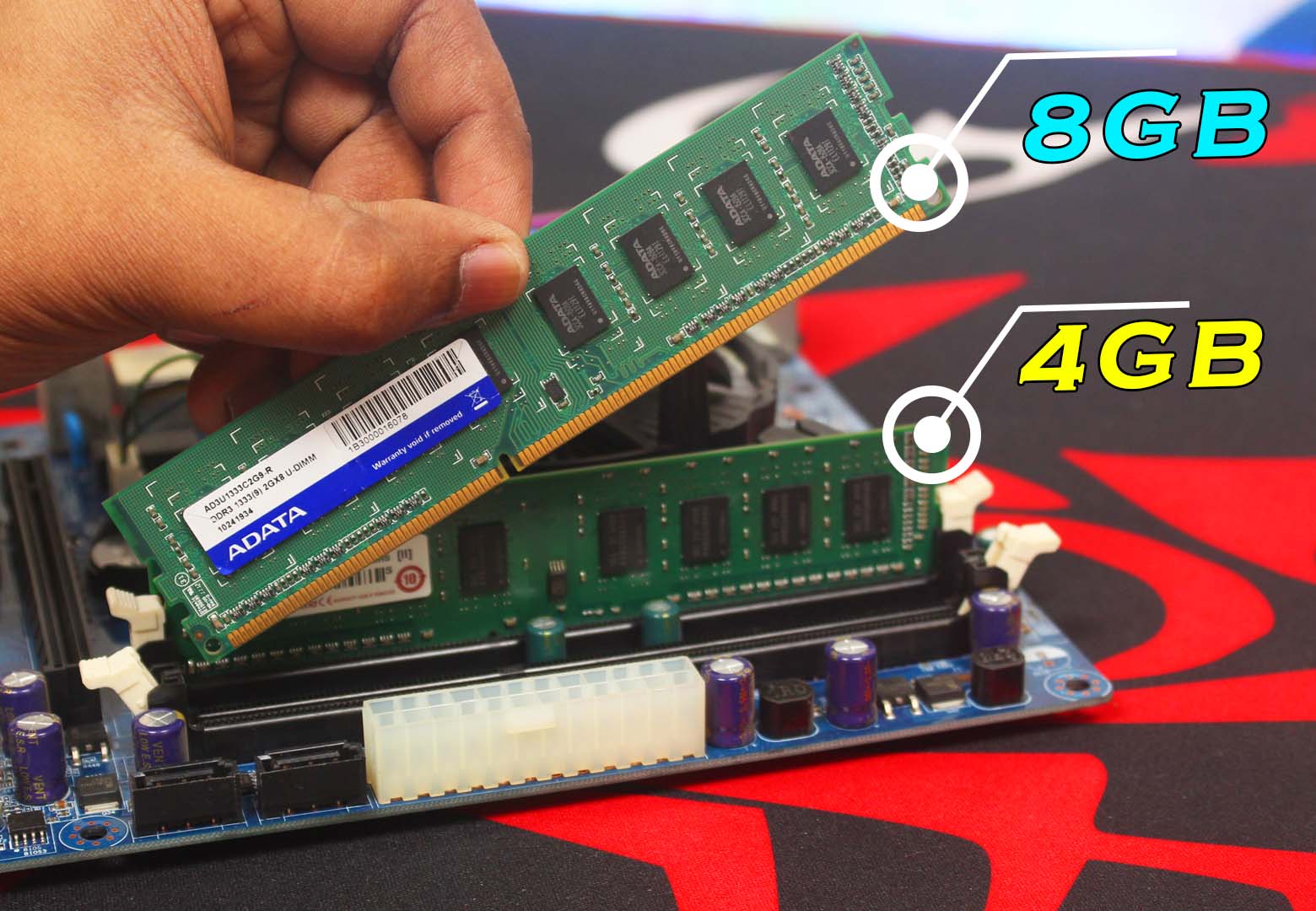RAM aka Random Access Memory is commonly found in almost every device nowadays. From smartphones to supercomputers, it is everywhere. We can’t change or modify RAM in our smartphones, so it’s completely out of the scene but in those devices where upgrading RAM is easily possible such as Laptops or Desktop computers, people commonly ask “can I use 4GB and 8GB ram together? well, the answer is not that simple as you have to know quite a bit of thing to understand the answer to the question.
What is RAM? Does it Really Matter?
Random Access Memory is basically a short-term memory aka volatile memory that can stores data till the availability of electricity is there without the electricity, everything will be erased from it. Then, you may wonder, why is it used? The answer is simple. When a processor requests any kind of data from RAM, it can deliver it almost instantly. RAM is way more faster than any kind of non-volatile storage solution. It’s obviously not possible to make any because to meet the speed of a RAM, the manufacturing cost of non-volatile storage will be hiked drastically, and ultimately, no one would afford it.
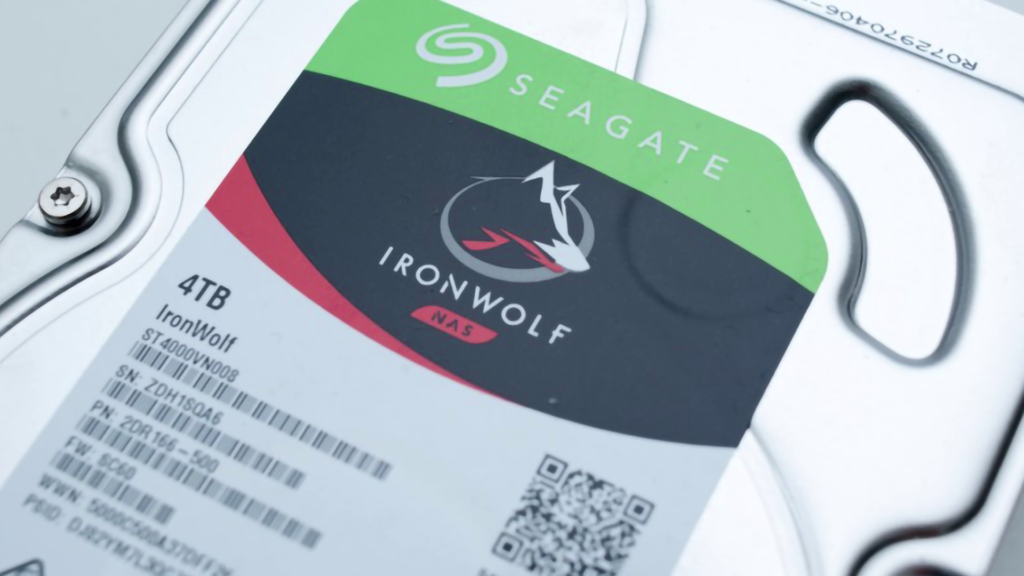
Suppose, if there is no RAM in the middle of the stored data and the processor then the processor directly requests data from the storage, and then obviously because of the lack of speed of the non-volatile memories, the system will lose most of its performance. So, ultimately, as we store more data in the RAM, the less the processor has to wait for the next data to process.
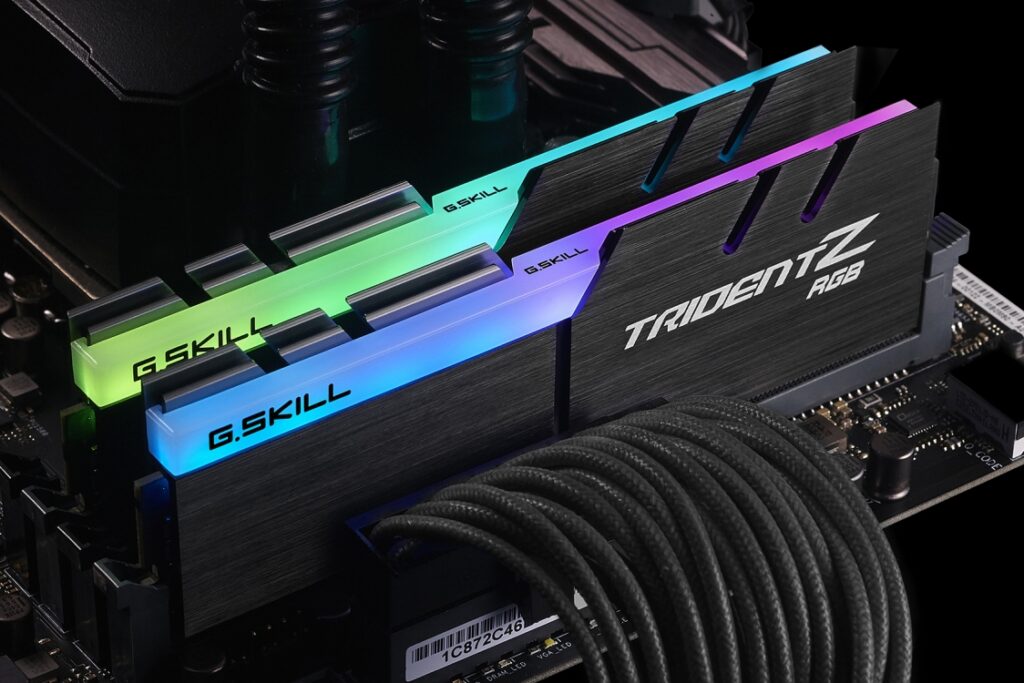
That means by increasing the RAM size we can improve the performance, right? Well, that’s not necessary. It depends on lots of other factors and not necessarily by increasing way too much RAM will boost the performance.
How Does RAM Work? (Example)
It would be much easier to understand with a real-life example why adding too much RAM is pointless. Let’s say, the processor needs to process 8GB of data right now.

First, RAM loads the data from the storage and then, feeds it to the processor. Now, you have only 4GB of RAM. So, first, the total of 4GB will be loaded from the non-volatile storage and then fed to the processor. Then, the processor starts the processing and first the CPU processes the 4GB of data that the RAM has loaded then again processor has to wait for a while until the RAM loads the rest. So, it adds up much latency to the system and ultimately the system will slow down. Imagine, if the needed data can’t be processed in parts then the processor will fail to execute the instructions you have assigned to do.

Ok now think, if you have installed 32GB of RAM and the processor doesn’t have enough power to handle such a lot of data then obviously owning a high capacity RAM is pointless. Along with that, let’s say the CPU aka processor has installed is capable of handling the 32GB of data but you never do anything with that amount of large data. So, owning that high-capacity RAM is pointless. Keep in mind, the computer fetches data from the RAM in a much more complex way but I have simplified everything so that everyone could understand easily.
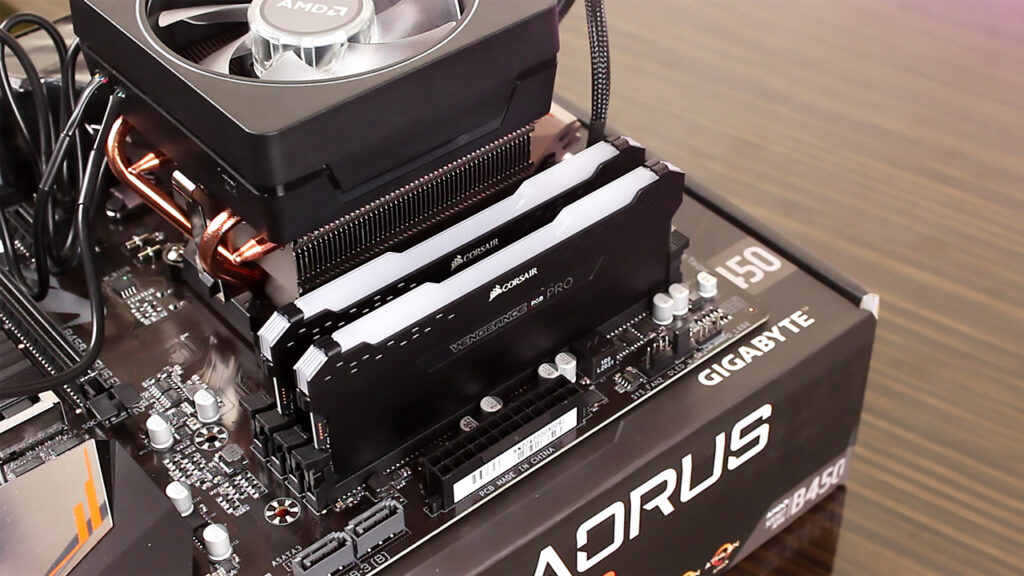
How Much RAM Do I need for My PC or laptop?
It is obviously not easy to answer as everyone’s computer or laptop is different. Roughly, if you’re just a normal computer user – surfing web, listen music, watch videos, use MS Word or Excel then 8GB RAM is more than enough with Windows 10 or Windows 11 operating system. If you’re a gamer or do some video rendering, 3D designing or audio mixing- mastering type of works then 16GB is recommended. To be on the safe side and if you don’t want to bottleneck your computer’s processor because of RAM shortage then 32GB is more than enough. Although the processor should possess that much power to handle the huge data the RAM will store. You can check it quite easily your CPU is bottlenecked by RAM shortage or not.

Do You Really Need RAM Upgrade?
First of all, if any one of the applications in your list doesn’t work properly or provides an error message regarding RAM shortage then obviously you need to upgrade the system memory aka RAM but if you’re not notified by any then how will you understand? That’s pretty easy:
Open Task Manager by pressing Ctrl + Shift + Esc simultaneously from the keyboard. Then, run those programs which you’re assumed should be run much faster on that particular processor your system has.

Read Now: 200 Shortcut Keys in Windows That you need to know
In the Performance tab of the Task Manager, Notice the CPU and RAM Usage. If you find something like CPU usage is in between 20% to 60% whereas RAM usage is 85% and beyond then obviously because of the RAM, system is slowing down. You need to add up a RAM stick to your computer.
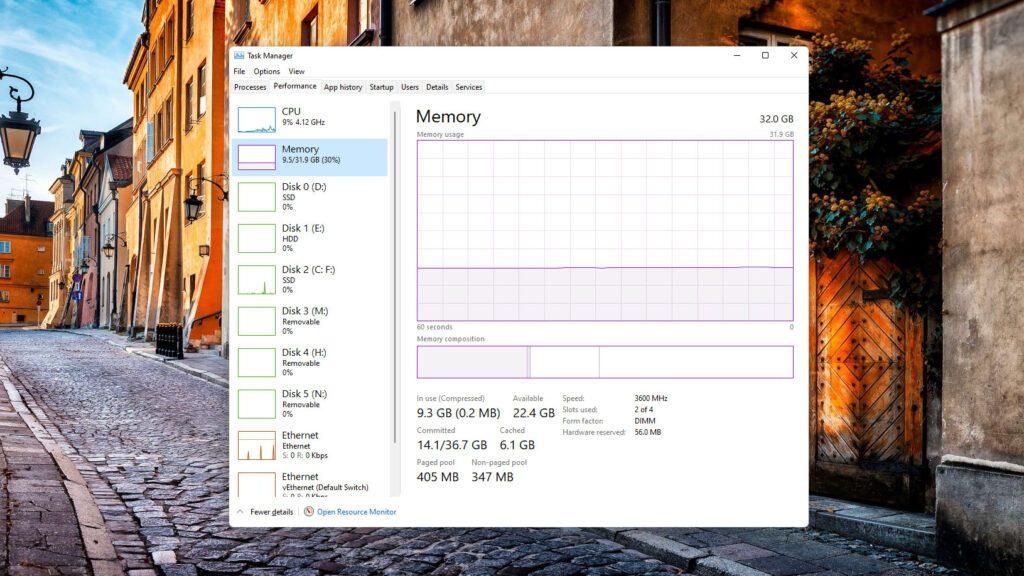
RAM Misconceptions: Can We Mix RAM Sizes?
You might know that in desktop computers, we have the opportunity to add up as many RAM sticks as we want till the motherboard or the CPU supports it. In the laptops, however, the majority supports at least two RAM slots or in a few cases more. However, some modern motherboards of laptops offer up to four RAM slots.

Suppose, your system has one 4GB RAM stick, so should you add up an 8GB RAM stick to make a total of 12GB of RAM? The answer is yes, you can but the system will lose quite a bit of performance with this kind of setup. Instead, if you add up another 4GB then your computer will work much faster, and also your pocket will handle quite less stress because of the cost of the lower capacity RAM.
Careful! Don’t Mix Up Frequencies!
If you’re only concerned about RAM capacity then you’re probably missing a vital thing – RAM Frequency which basically determines how many the number of commands it can handle per second. Just like a central processing unit (CPU), the higher the speed, the more the RAM can perform within a second.
Just for a quick note, RAM sticks mostly run on frequencies like 2400MHZ and 3000MHZ, while the high-end systems nowadays run on 3600MHZ to 4600MHZ frequencies.

Higher frequency means much fastest RAM. Fast RAM equals fast performance. Although that doesn’t true in every case. Let’s save that discussion for the future but for now, frequency matters when you are thinking of upgrading RAM.
Imagine, you already have one 8GB RAM stick with a frequency of 3200MHz. If you add another 8GB stick with 2666MHz then both work at the frequency of the lower one. So, you have paid an extra couple of bucks for the old RAM stick because of the higher frequency that completely goes into vain. Maybe you will face stability issues like BSOD (Blue Screen of Death), sudden restart or sometimes suddenly some textures appear on the screen and convert it to almost unusable.
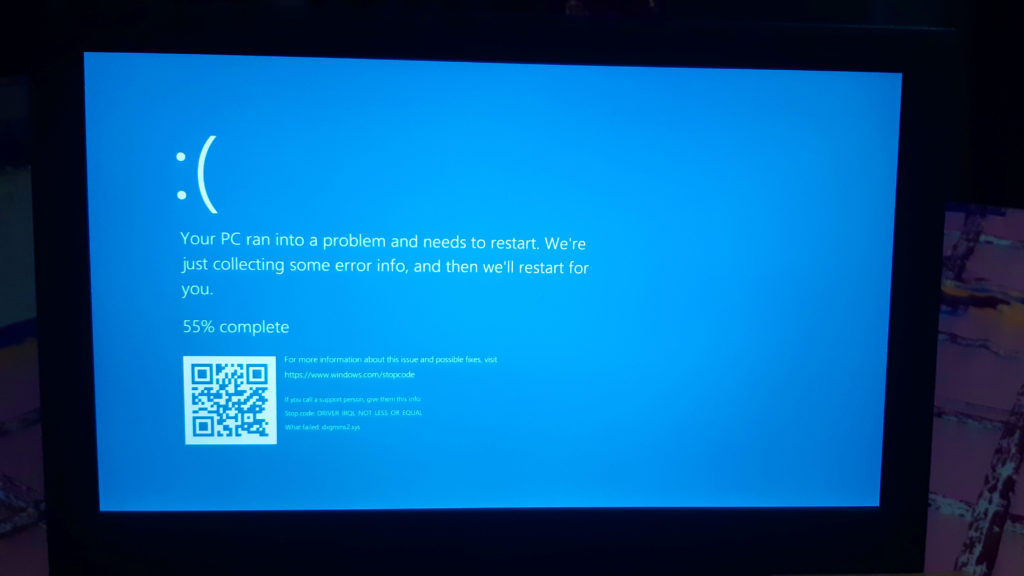
CPU Compatibility is important, in terms of High-Frequency RAM
CPU maximum memory frequency support shouldn’t be ignored if you don’t want to waste your hard-earned money. Every processor is different so their maximum frequency support for RAMs is different. That’s mostly mentioned in the specs of that particular CPU.
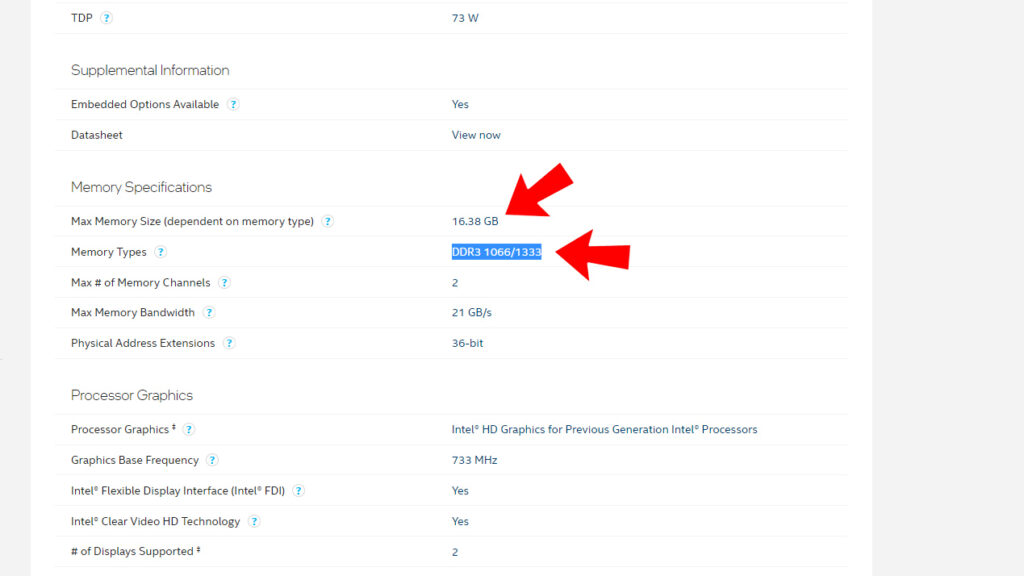
If you go beyond the recommendation on the datasheet, the CPU would ignore the extra frequency that you have paid for. The CPU will work maximum at that point where it could work effectively (The Maximum RAM Frequency mentioned on the Data Sheet).
Read Now: How to Install SSD in Unsupported CPU aka PC Case?
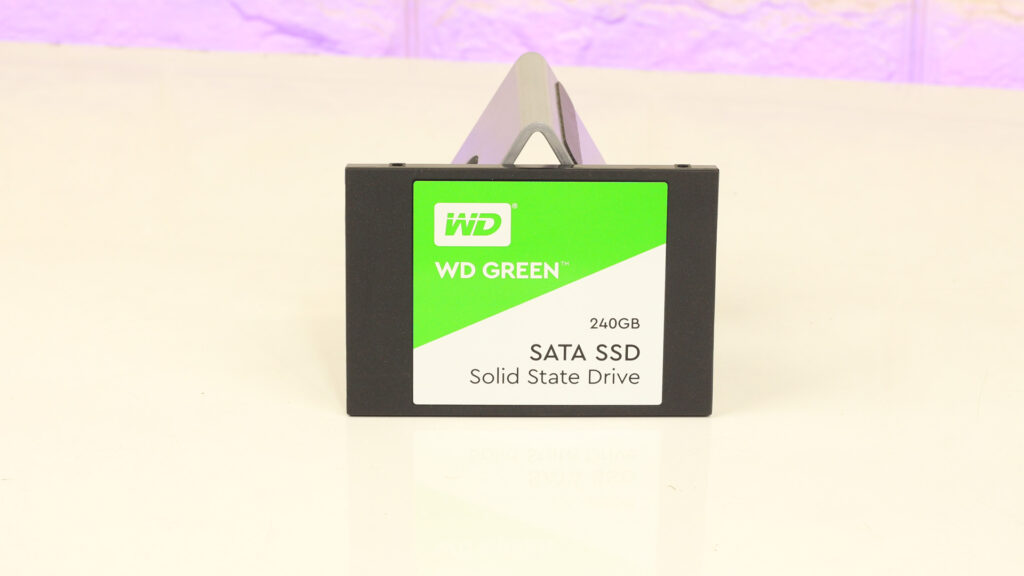
In The Concluding Lines…
So, guys now you have known your answer. It is possible to USE 4GB and 8GB RAM together but there are obviously some consequences and issues. Always keep in mind, just adding RAMs does not necessarily always increase the performance. Instead, it would be much better to add an SSD to your system if you have not done it already and install the OS to the SSD. Therefore, we hope you have found this article helpful. Thanks for visiting and appreciating our work.

